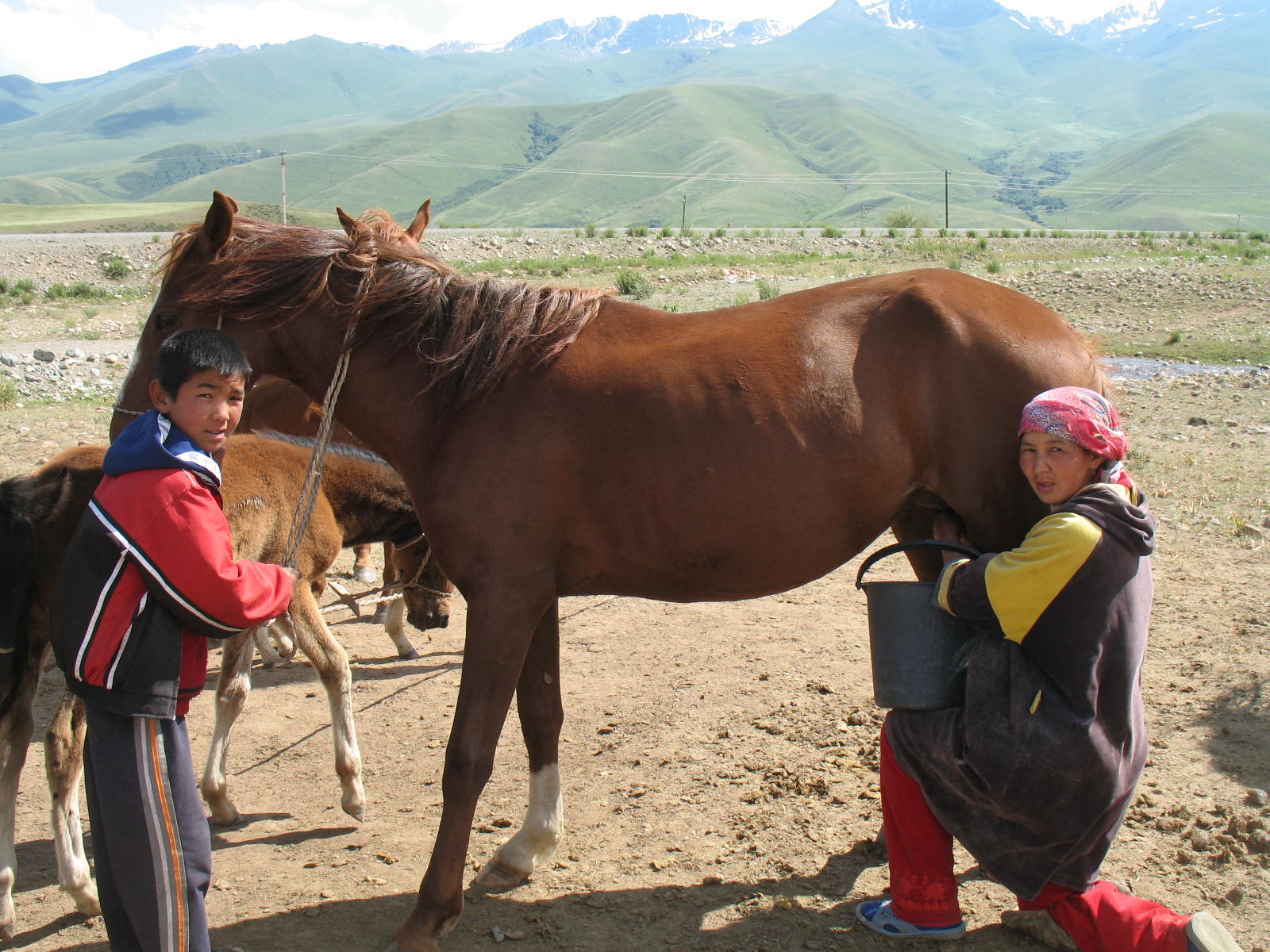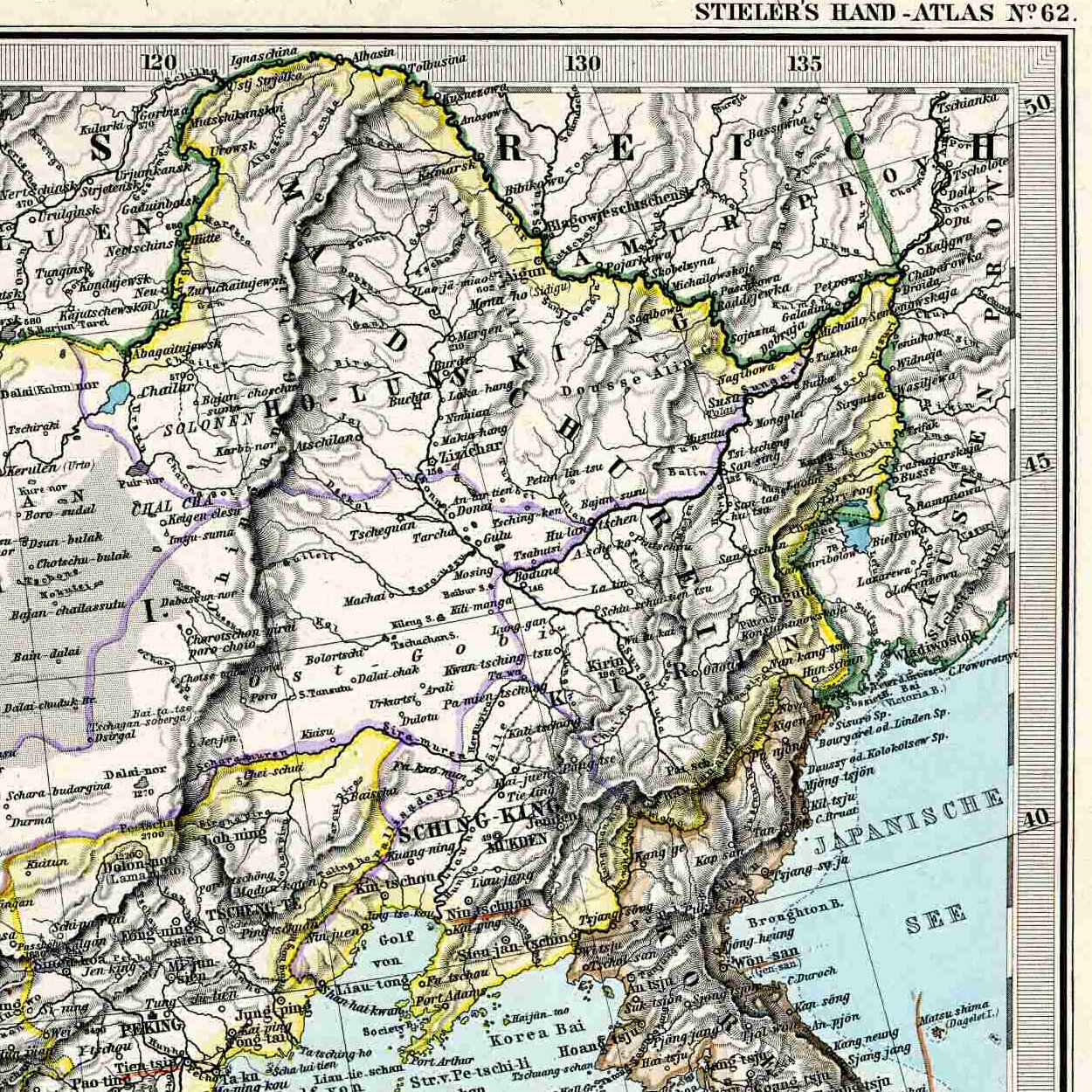|
Khorchin Mongol
The Khorchin ( mn, Хорчин, ''Horçin''; ''Qorčin''; ) are a subgroup of the Mongols that speak the Khorchin dialect of Mongolian and predominantly live in northeastern Inner Mongolia of China. History The Ming dynasty gave Borjigin princes (descended from Genghis Khan's brothers) command of the Taining Guard, one of the Three Guards established in 1389. In 1446-48 most of the guards fled in the wake of Esen Tayisi's invasions. However, the Fuyu Guard, another of the Three Guards, remained along the Nen and Onon rivers. Said to have been the descendants of Khasar, a brother of Genghis Khan, they became the direct ancestors of the Khorchin Mongols. Adai Khan of the Khorchin challenged the power of the Four Oirats and the Ming court in the succession struggle of Northern Yuan dynasty. However, he was killed by them in Ejene in 1438 and his tribe was forced to flee southward. The Khorchin appeared again in Mongolian chronicles with the rise of Unebolad wang in the late ... [...More Info...] [...Related Items...] OR: [Wikipedia] [Google] [Baidu] |
Khorchin Mongolian
The Khorchin ( Mongolian ', Chinese 科尔沁 ''Kē'ěrqìn'') dialect is a variety of Mongolian spoken in the east of Inner Mongolia, namely in Hinggan League, in the north, north-east and east of Hinggan and in all but the south of the Tongliao region. There were 2.08 million Khorchin Mongols in China in 2000, so the Khorchin dialect may well have more than one million speakers, making it the largest dialect of Inner Mongolia. Phonology Consonants Historical has become modern , and in some varieties, is replaced by . Then, *u ( Khorchin . This last example also illustrates that Khorchin allows for the consonant nuclei and (cp. 'many'). Vowels The large vowel system developed through the depalatalization of consonants that phonemicized formerly allomorphic vowels, hence and . On the other hand, *ö is absent, e.g. Proto-Mongolic > Kalmyk , Khalkha 'colour', but Khorchin , thus merging with . is absent in the native words of some varieties and is completely ... [...More Info...] [...Related Items...] OR: [Wikipedia] [Google] [Baidu] |
Mongolian Nobility
The Mongolian nobility ( Mongolian: ; ''yazgurtan; survaljtan'') arose between the 10th and 12th centuries, became prominent in the 13th century, and essentially governed Mongolia until the early 20th century. The Mongolian word for nobility, ''Yazgurtan'', derives from the Mongol word ''yazgur'', meaning "root". Mongol Empire (1206–1368) and Yuan dynasty (1271–1368) Nobility titles * ''Khaan'' (''Khagan'', ), the supreme ruler of the Mongol Empire. * ''Noyon'' (), meaning "King of a State", a ruler of a vassal/tributary state under the Mongol Empire. * '' Jonon'' (), meaning "Crown Prince", the heir apparent of the Great Khaan. During the Yuan dynasty, the ''Jonon'' resided in Kharakhorum and administered ceremonial events. * ''Khan Khuu'' (), meaning "Prince". * ''Mirza'' , a Persian term meaning "Prince". Military ranks * ''Tumetu-iin Noyan'', meaning "Commander of a '' Tümen''". A ''tümen'' was a military unit of 10,000 troops. There were initially only nine ''tü ... [...More Info...] [...Related Items...] OR: [Wikipedia] [Google] [Baidu] |
Han Chinese
The Han Chinese () or Han people (), are an East Asian ethnic group native to China. They constitute the world's largest ethnic group, making up about 18% of the global population and consisting of various subgroups speaking distinctive varieties of the Chinese language. The estimated 1.4 billion Han Chinese people, worldwide, are primarily concentrated in the People's Republic of China (including Mainland China, Hong Kong and Macau) where they make up about 92% of the total population. In the Republic of China (Taiwan), they make up about 97% of the population. People of Han Chinese descent also make up around 75% of the total population of Singapore. Originating from Northern China, the Han Chinese trace their cultural ancestry to the Huaxia, the confederation of agricultural tribes living along the Yellow River. This collective Neolithic confederation included agricultural tribes Hua and Xia, hence the name. They settled along the Central Plains around the middle and lo ... [...More Info...] [...Related Items...] OR: [Wikipedia] [Google] [Baidu] |
Empress Xiaohuizhang
Empress Xiaohuizhang (5 November 1641 – 7 January 1718), of the Khorchin Mongol Borjigit clan, was the wife and second empress consort of Fulin, the Shunzhi Emperor. She was Empress consort of Qing from 1654 until her husband's death in 1661, after which she was honoured as Empress Dowager Renxian during the reign of her step-son, Xuanye, the Kangxi Emperor. She was posthumously honoured with the title Empress Xiaohuizhang. Life Family background * Father: Chuo'erji (; d. 1670), held the title of a third rank prince () ** Paternal grandfather: Chahan (), held the title of a third rank prince () ** Paternal great aunt: Primary consort Minhui (1609–1641) ** Paternal great aunt: Empress Xiaozhuangwen (1613–1688), the mother of the Shunzhi Emperor (1638–1661) * Mother: Lady Aisin Gioro ** Maternal grandfather: Abatai (1589–1646) * Seven brothers * Two elder sisters and two younger sisters ** Fourth younger sister: Consort Shuhui (1642–1713) Chongde era Lady Borjigit ... [...More Info...] [...Related Items...] OR: [Wikipedia] [Google] [Baidu] |
Empress Dowager Xiaozhuang
Bumbutai ( mn, Бумбутай; mnc, m= ; zh, 布木布泰; 28 March 1613 – 27 January 1688), of the Khorchin Mongol Borjigit clan, was the consort of Hong Taiji. She was 21 years his junior. She was honoured as Empress Dowager Zhaosheng during the reign of her son, Fulin, the Shunzhi Emperor, and as Grand Empress Dowager Zhaosheng during the reign of her grandson, Xuanye, the Kangxi Emperor. As empress dowager and grand empress dowager, she had significant influence in the Qing imperial court and was highly respected for her political wisdom and insight. After her death, she was posthumously honoured with the title Empress Xiaozhuangwen, although she never held the rank of empress consort during her lifetime. Life Family background * Father: Jaisang (), held the title of a first rank prince () ** Paternal grandfather: Manggusi (), held the title of a first rank prince () ** Paternal aunt: Empress Xiaoduanwen (1599–1649) * Mother: Boli (; d. 1654) * Four elder brothe ... [...More Info...] [...Related Items...] OR: [Wikipedia] [Google] [Baidu] |
Empress
An emperor (from la, imperator, via fro, empereor) is a monarch, and usually the sovereignty, sovereign ruler of an empire or another type of imperial realm. Empress, the female equivalent, may indicate an emperor's wife (empress consort), mother (empress dowager), or a woman who rules in her own right and name (empress regnant). Emperors are generally recognized to be of the highest monarchic honour, honor and royal and noble ranks, rank, surpassing kings. In Europe, the title of Emperor has been used since the Middle Ages, considered in those times equal or almost equal in dignity to that of Pope due to the latter's position as visible head of the Church and spiritual leader of the Catholic part of Western Europe. The Emperor of Japan is the only currently List of current sovereign monarchs, reigning monarch whose title is translated into English as "Emperor". Both emperors and kings are monarchs or sovereigns, but both emperor and empress are considered the higher monarch ... [...More Info...] [...Related Items...] OR: [Wikipedia] [Google] [Baidu] |
Manchu
The Manchus (; ) are a Tungusic East Asian ethnic group native to Manchuria in Northeast Asia. They are an officially recognized ethnic minority in China and the people from whom Manchuria derives its name. The Later Jin (1616–1636) and Qing (1636–1912) dynasties of China were established and ruled by the Manchus, who are descended from the Jurchen people who earlier established the Jin dynasty (1115–1234) in northern China. Manchus form the largest branch of the Tungusic peoples and are distributed throughout China, forming the fourth largest ethnic group in the country. They can be found in 31 Chinese provincial regions. Among them, Liaoning has the largest population and Hebei, Heilongjiang, Jilin, Inner Mongolia and Beijing have over 100,000 Manchu residents. About half of the population live in Liaoning and one-fifth in Hebei. There are a number of Manchu autonomous counties in China, such as Xinbin, Xiuyan, Qinglong, Fengning, Yitong, Qingyuan, Weichang, ... [...More Info...] [...Related Items...] OR: [Wikipedia] [Google] [Baidu] |
Kumis
''Kumis'' (also spelled ''kumiss'' or ''koumiss'' or ''kumys'', see other transliterations and cognate words below under terminology and etymology – otk, airag kk, қымыз, ''qymyz'') mn, айраг, ''ääryg'') is a fermented dairy product traditionally made from mare milk or donkey milk. The drink remains important to the peoples of the Central Asian steppes, of Turkic and Mongol origin: Kazakhs, Bashkirs, Kalmyks, Kyrgyz, Mongols, and Yakuts. Kumis was historically consumed by the Khitans, Jurchens, Hungarians, and Han Chinese of North China as well. ''Kumis'' is a dairy product similar to ''kefir'', but is produced from a liquid starter culture, in contrast to the solid ''kefir'' "grains". Because mare's milk contains more sugars than cow's or goat's milk, when fermented, ''kumis'' has a higher, though still mild, alcohol content compared to ''kefir''. Even in the areas of the world where ''kumis'' is popular today, mare's milk remains a very limited commod ... [...More Info...] [...Related Items...] OR: [Wikipedia] [Google] [Baidu] |
Qing Dynasty
The Qing dynasty ( ), officially the Great Qing,, was a Manchu-led imperial dynasty of China and the last orthodox dynasty in Chinese history. It emerged from the Later Jin dynasty founded by the Jianzhou Jurchens, a Tungusic-speaking ethnic group who unified other Jurchen tribes to form a new "Manchu" ethnic identity. The dynasty was officially proclaimed in 1636 in Manchuria (modern-day Northeast China and Outer Manchuria). It seized control of Beijing in 1644, then later expanded its rule over the whole of China proper and Taiwan, and finally expanded into Inner Asia. The dynasty lasted until 1912 when it was overthrown in the Xinhai Revolution. In orthodox Chinese historiography, the Qing dynasty was preceded by the Ming dynasty and succeeded by the Republic of China. The multiethnic Qing dynasty lasted for almost three centuries and assembled the territorial base for modern China. It was the largest imperial dynasty in the history of China and in 1790 the f ... [...More Info...] [...Related Items...] OR: [Wikipedia] [Google] [Baidu] |
Sungari
The Songhua or Sunghwa River (also Haixi or Xingal, russian: Сунгари ''Sungari'') is one of the primary rivers of China, and the longest tributary of the Amur. It flows about from the Changbai Mountains on the China–North Korea border through China's northeastern Jilin and Heilongjiang provinces. The river drains of land, and has an annual discharge of to . The extreme flatness of the Northeast China Plain has caused the river to meander over time, filling the wide plain with oxbow lakes, as remnants of the previous paths of the river. Geography The Songhua rises south of Heaven Lake, near the China-North Korea border. From there it flows north, to be interrupted by the Baishan, Hongshi and Fengman hydroelectric dams. The Fengman Dam forms a lake that stretches for . Below the dam, the Second Songhua flows north through Jilin, then northwest until it is joined by its largest tributary, the Nen River, near Da'an, to create the Songhua proper. The Songhua turns ... [...More Info...] [...Related Items...] OR: [Wikipedia] [Google] [Baidu] |
Lesser Khingan
Lesser Khingan (; russian: Малый Хинган, ''Maly Khingan'') is a mountain range in China's Heilongjiang province and the adjacent parts of Russia's Amur Oblast and Jewish Autonomous Oblast.Малый Хинган '''' in 30 vols. — Ch. ed. . - 3rd ed. - M. Soviet Encyclopedia, 1969-1978. (in Russian) In Russia, the range is part of the . Geo ...
|





